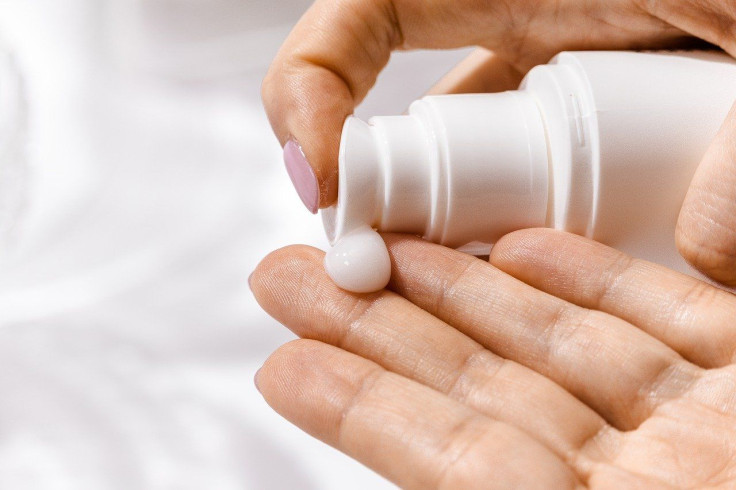Most Sunscreens Fall Short On UVA Protection Claims: Study
KEY POINTS
- Researchers assessed the effectiveness of 51 sunscreens in U.S.
- Sunscreens "underperformed" relative to SPF labels, especially for UVA protection
- Sunscreens with adequate UVA protection are "urgently" needed: Researchers
Many sunscreens fall short on the sun protection than what is listed on their labels, a study has found. They lack the adequate Ultraviolet A (UVA) and Ultraviolet B (UVB) protection people need, researchers said.
UVA are the rays that can cause premature ageing in the skin, "immune harms and greater cancer risks," the Environmental Working Group (EWG) noted in a news release. On the other hand, UVB are the rays that can cause sunburn.
Protecting oneself from the sun is an important part of keeping ourselves healthy and one of the important ways people can do this is by wearing broad-spectrum sunscreens. These are the products that can provide protection from both UVA and UVB, the Mayo Clinic explained. This is why it is key to look for the words "broad spectrum" on a product’s label.
For their study, published in the journal Photodermatology, Photoimmunology & Photomedicine, the researchers looked at 51 sunscreen products in the U.S. with SPF (sun protection factor) values between 15 and 110, labeled to have "broad-spectrum protection."
They used lab tests and computer modelling to assess the products' UV absorption effectiveness and found that many of the sunscreens actually provided much less than the claimed protection on the labels, the EWG noted. And this "underperformance" of the products is "most notable for UVA protection."
"In vitro SPF values from laboratory-measured UV absorption and computer modeling were on average just 59 and 42 percent of the labeled SPF," the researchers wrote. "The majority of products provided significantly lower UVA protection with the average unweighted UVA protection factor just 24 percent of the labeled SPF."
A new study finds that #sunscreens tested in a lab provided a meager 24% of the UVA protection when compared to the SPF on the label. That’s much lower than what’s required of sunscreens sold in Europe. #SunscreensMadeSafer https://t.co/G2QwHtxava
— EWG (@ewg) October 19, 2021
"Broad spectrum products provide protection from UVA rays that are associated with skin cancer, free radical generation and immune harm," study lead and senior scientist at EWG, David Andrews, PhD, said in the news release. "The sunscreen industry has for too long focused on advertising higher and higher SPF values and UVB rays, not on providing products with stronger UVA protection."
As the Mayo Clinic explained, SPF is mainly a measure of how well the sunscreen protects from UVB rays. According to the researchers, consumers' preference for products with higher SPF has been "incentivizing" the trend for higher SPF numbers. This perception that SPF is a "reliable marker" of effectiveness has long been held since reducing sunburns was the original intention of such products. However, "numerous" papers on melanoma since 1989 have looked into the role of sunscreens and the impact of UVA and UVB, the researchers noted.
"Most sunscreen products sold in the U.S. don't offer adequate protection against both UVA and UVB rays," study co-author and senior director of cosmetic science at EWG, Carla Burns, said in the news release. "For years, EWG has warned consumers about the safety and efficacy of sunscreens. U.S. store shelves have products that overstate their sun protection claims based on UVB, or sunburn, reduction – without providing similar UVA protection."
The EWG noted that the consumers are not just being burned, they are also possibly increasing the risks of skin cancer, which is among the most common type of cancer worldwide.
"New sunscreen products that provide UVA protection equivalent to SPF protection are urgently needed in the United States market, to ensure health protection for all, especially for children and adolescents," the researchers wrote. "Eliminating the emphasis on SPF values and human testing in favor of newly validated UV absorption testing should offer an improvement in public health benefits of sunscreen products."

© Copyright IBTimes 2024. All rights reserved.






















